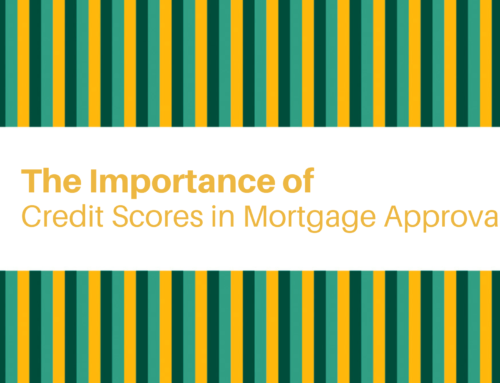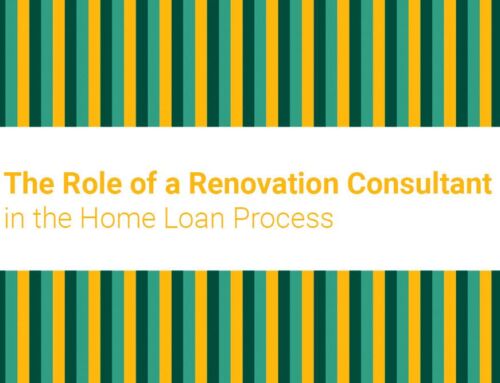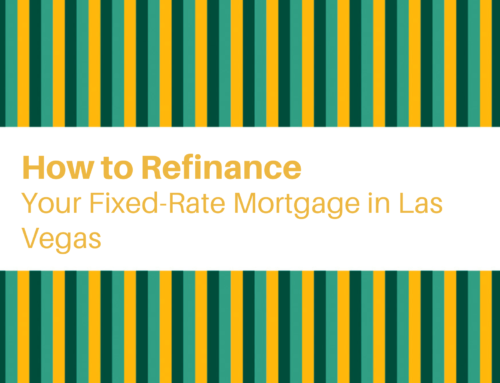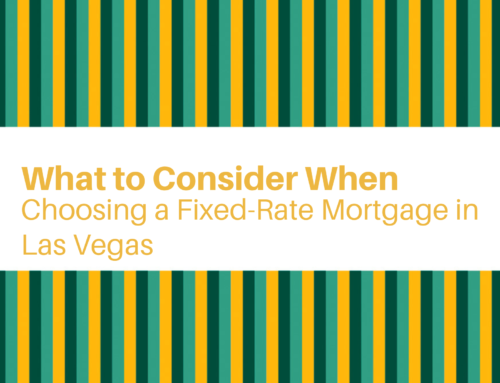When you take out a 5-year fixed-rate mortgage, you’re committing to a specific interest rate and monthly payment for the initial five years of your loan term. This type of mortgage is appealing to many because it provides predictability and stability in the early years of homeownership. But what happens when that five-year period ends? This blog will explore the implications, options, and steps you can take when your 5-year fixed-rate mortgage period concludes.
Understanding the 5-Year Fixed-Rate Mortgage
A 5-year fixed-rate mortgage locks in your interest rate for the first five years. During this period, your monthly payments remain consistent, which helps in budgeting and financial planning. This type of mortgage is popular among first-time homebuyers and those who plan to move or refinance before the fixed-rate period ends.
What Happens After the Fixed Rate Expires?
Once the five-year term is over, several scenarios could unfold:
- Reversion to a Variable Rate:
- In many cases, the mortgage reverts to the lender’s standard variable rate (SVR). This rate is usually higher than the initial fixed rate and can fluctuate based on the market conditions and the lender’s discretion.
- Monthly payments may increase or decrease depending on changes in the interest rate.
- Refinancing Options:
- Refinancing involves taking out a new mortgage to pay off the existing one. Homeowners often refinance to secure a lower interest rate, reduce their monthly payments, or switch to a different mortgage type.
- Refinancing can also be a strategic move if you want to consolidate debt or tap into your home’s equity.
- Renewing the Fixed Rate:
- Some lenders offer the option to renew your mortgage at another fixed rate. This can be beneficial if you prefer the predictability of fixed payments.
- It’s essential to shop around and compare rates from different lenders to secure the best deal.
- Switching Lenders:
- Switching to a different lender might offer better rates and terms. This process involves paying off the current mortgage and taking out a new one with the new lender.
- Be mindful of any fees or penalties associated with switching lenders, as these can impact the overall cost.
Preparing for the End of Your Fixed Rate
As your fixed-rate period comes to an end, it’s crucial to start planning at least six months in advance. Here are some steps to help you navigate the transition smoothly:
- Review Your Current Mortgage:
- Understand the terms and conditions of your current mortgage. Check if there are any early repayment charges or fees associated with ending the mortgage term early.
- Assess Your Financial Situation:
- Evaluate your current financial status, including income, expenses, and credit score. This assessment will help you determine what mortgage options are available and affordable for you.
- Research the Market:
- Investigate current interest rates and mortgage products. Compare offers from various lenders to find the most favorable terms.
- Use online mortgage calculators to estimate potential monthly payments and the overall cost of different mortgage options.
- Consult a Mortgage Advisor:
- A mortgage advisor can provide personalized advice based on your financial situation and goals. They can also help you navigate the application process and negotiate better terms.
- Prepare Necessary Documentation:
- Gather all required documents, such as proof of income, bank statements, and credit reports. Having these ready will streamline the application process.
Benefits of Planning Ahead
Planning ahead can provide several benefits:
- Avoiding Payment Shock:
- By preparing in advance, you can avoid the surprise of significantly higher payments if your mortgage reverts to a variable rate.
- Securing Better Terms:
- Early planning allows you to lock in favorable rates and terms, potentially saving thousands over the life of your mortgage.
- Improving Financial Stability:
- A well-thought-out plan can help ensure that your mortgage remains manageable and aligned with your financial goals.
Exploring Additional Options
Beyond the primary options of reverting to a variable rate, refinancing, renewing a fixed rate, or switching lenders, there are additional strategies homeowners might consider to manage their mortgage effectively:
- Partial Repayment:
- If you have saved extra funds, you might consider making a partial repayment on your mortgage. This can reduce the overall amount owed and potentially lower your monthly payments.
- Before making a partial repayment, check if your lender imposes any penalties or fees for early repayment.
- Extending the Loan Term:
- Extending the term of your mortgage can lower your monthly payments, making them more manageable. However, this will increase the total amount of interest paid over the life of the loan.
- Discuss this option with your lender to understand the long-term financial implications.
- Interest-Only Payments:
- Some lenders offer interest-only payments for a certain period. This means you only pay the interest on the loan, which can significantly reduce monthly payments temporarily.
- Be cautious with this option, as it doesn’t reduce the principal amount, and you’ll still owe the full balance once the interest-only period ends.
Potential Pitfalls to Avoid
Navigating the end of a fixed-rate period can be complex, and there are potential pitfalls to be aware of:
- Ignoring the End Date:
- Failing to prepare for the end of your fixed-rate period can lead to financial strain. Keep track of your mortgage terms and start planning well in advance.
- Not Shopping Around:
- Accepting the first offer from your current lender without comparing it to other options can cost you more in the long run. Always shop around for the best rates and terms.
- Overlooking Fees and Penalties:
- Be aware of any fees or penalties associated with refinancing, switching lenders, or making early repayments. These costs can affect the overall savings you might achieve by changing your mortgage terms.
- Misjudging Variable Rates:
- If your mortgage reverts to a variable rate, understand how rate fluctuations can impact your payments. Ensure you have a buffer in your budget to accommodate potential increases.
The end of a 5-year fixed-rate mortgage marks a critical point in your homeownership journey. Understanding your options and preparing in advance can help you make informed decisions that align with your financial goals. Whether you choose to refinance, switch lenders, or accept a variable rate, the key is to start planning early and seek professional advice when needed. By doing so, you can navigate this transition smoothly and continue to enjoy the benefits of homeownership without financial strain.
Navigating the complexities of mortgage transitions can be challenging, but with the right approach and resources, you can find a solution that suits your needs. Remember, the end of a fixed-rate period is not the end of the road but an opportunity to reassess, plan, and secure your financial future. By staying informed and proactive, you can ensure that your mortgage remains a beneficial part of your overall financial strategy.

